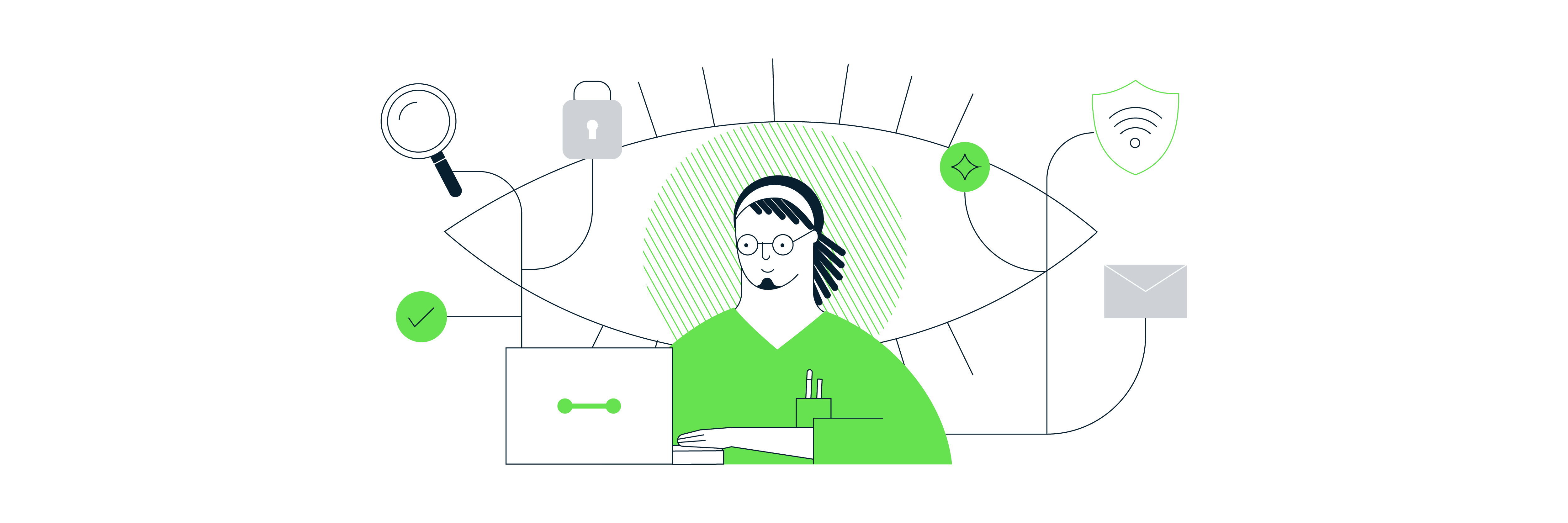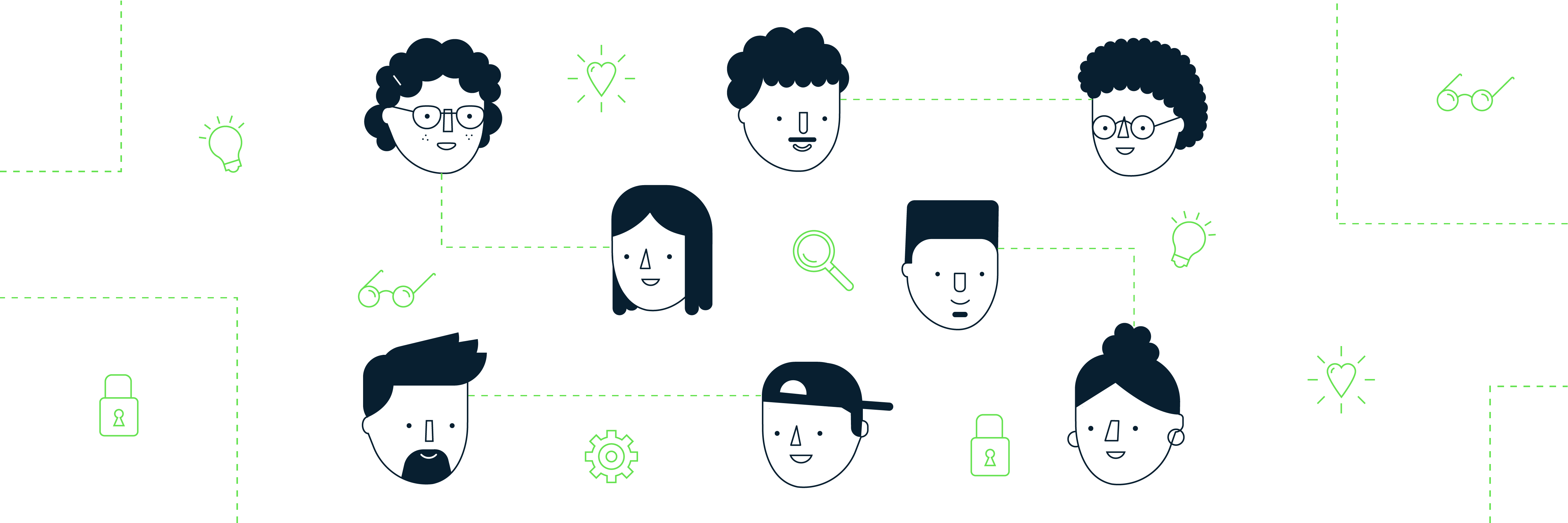Measurelab and AI: welcome to the augmented era

The time traveller’s blight
Have you experienced Chrononaut Syndrome? It happens when you venture down the generative AI rabbit hole. When you get a glimpse of the future and see things you can’t unsee. When you witness some of the wonders already being created and consider, for just a moment, where it’s all going to go next.
Then you return to your present day reality.
Sure, you can create that first draft of the doc in ChatGPT, magic up an amusing image in DALL·E, or even drop a csv into Data Analysis and get some initial insights. It’s clever enough. But when it comes to the crunch, you find yourself using the same trusted tools and time-honoured techniques. And it feels like you’re back in the stone age, impatiently banging two rocks together and hoping for a spark, while the clouds gather ominously in the distance.
Se acerca una tormenta. There’s a storm coming. It’s going to blow in very fast. And it’s going to change everything in the world of data and analytics.
Entering the augmented era
GPTs are only the start. Maybe even a distraction? The real change comes when AI is embedded in every tool we use. We’re going to be living in an augmented era – beneficiaries of an AI arms race that’s placing weapons-grade data and analytics capabilities in the hands of a community still figuring out where exactly sessions went in GA4.
Measurelab is certainly going to need to evolve to make the most of the opportunity. We need to remain invaluable partners to our clients – navigating them through the change. And we have to stay ahead of current and new competitors, some of whom may be available 24/7, work at lightning fast speeds, and be summoned via a prompt.
Being relatively small in size and fully-focused on one discipline works in our favour. Thankfully we’re spinning the steering wheel of a speedboat, not turning a tanker in a tsunami.
Strengths stay constant
Besides, not everything needs to change. Some business fundamentals still serve us well.
Certified expertise: Our core toolset will essentially remain the same. It’s just that those tools are about to get way way more powerful. We have the advantage of being certified Google Marketing Platform and Google Cloud Platform partners, while retaining the flexibility to plug any gaps with third party solutions. Google has everything to gain from rapidly integrating AI capabilities into the GMP and GCP – and billions to lose if they don’t. History suggests they’ll quickly imitate or acquire any new AI tech that gets traction.
Complex customers: We’ll continue to work with large organisations dealing with a sprawling digital and data estate, multiple stakeholder groups and competing priorities. Companies whose needs are not well-served by out-of-the-box, one-size-fits-all solutions. We have the agility to act as a special ops team for analytics teams that have their hands full dealing with business-as-usual dashboard demands.
An enduring promise: Our essential customer promise stays the same: trust in data. Trust that underpins the ability to act with conviction, automate with confidence – and now unleash AI. Just as people will increasingly turn to trusted news organisations as a source of verified truth, we foresee a growing demand for analytics experts willing to vouch for the veracity of data.
Ringing the changes
That said, we’re going to have to change the way we think about data and analytics – or at least think a lot faster.
A growth mindset: It starts with our company values and the behaviours they promote. We came together as a team earlier this month to reflect on the characteristics necessary for Measurelab to thrive in this brave new world. We agreed that showing initiative, supporting each other and being adaptable were the three key traits we wanted to celebrate, reward and recruit for. More on that in another post.
Accelerated learning: Lots to learn. What’s new? We’ve always been a learning organisation. Our strategy since day one has been to acquire, apply and share new knowledge and skills with each other and the world. The difference is we now need to do this at 1.5x speed. To help facilitate this, we’ve given everyone a target of spending one day a week on professional and product development. And we’ll be measuring and reporting on this too.
Avoiding overwhelm: The risk of AI-induced anxiety is real. So much to keep up with. To help people choose how and when to engage, we’re classifying AI-related information and activity at three levels. Sharing and discussing AI updates, announcements and oddities is optional; participating in activities and exercises for learning is encouraged; while adopting proven AI-enabled working practices and complying with policies designed to safeguard client data and the integrity of our work is strictly enforced.
It’s all about the work
Our processes and product is where we’ll see the most dramatic shifts. Here’s how we’re categorising the effort.
Leaning on assistive AI: GPT-4 for the early-adopters, 3.5 for the laggards, Copilot on GitHub, Duet AI in Google Workspace, Fireflies.ai, Otter.ai and even a solitary Claude.ai user – bless. Have we seen efficiency gains? Probably. Hard to tell for sure. At this point it’s more about getting people used to new interfaces and ways of doing things. Seeing AI as a friend, not a threat.
Integrating agents and automation: To expedite and enhance our existing delivery processes we’re working on AI-driven shortcuts to speed Jira ticket creation, adding AI-generated recommendations to our automated audit tools, creating custom GPTs to generate data layer specifications, experimenting with Sphinx Mind, Zenlytics and Delphi for augmented analysis… We’re going to need a bigger backlog.
Adopting AI features: All the while we’re monitoring the GMP and GCP roadmaps for the almost-daily release of new AI-enabled functionality. We need to be quick to understand them internally, equipped to implement on behalf of clients and able to train others. The pace of change is likely to mean any traditional training course will be out of date the moment it’s finished, so we’ll be exploring an ongoing approach to knowledge transfer.
AI-ready infrastructure: Then of course there’s the opportunity – and with it the responsibility – of building scalable, secure, future-proofed analytics infrastructure for our clients, with all the necessary ontology, observability and controls necessary to safeguard the quality of AI-generated outputs.
AI as a managed service: In the next year, we expect to find ourselves managing the entire lifecycle of AI products on behalf of customers. Identifying use cases that can transform marketing and customer experience, implementing the POCs, building, training, maintaining and refreshing AI models, and measuring their effectiveness and business impact.

The time is now
Amara’s law suggests we tend to overestimate the impact of a technology in the short term and underestimate its effects in the long run. In other words, “chill, there’s plenty of time to get our heads wrapped around all this”.
Roy Amara wasn’t around to see his eponymous law turned into a three verse sea shanty complete with bridge and chorus in three seconds flat. The time to act is now.
With gadgets bright and screens aglow,
We predict a world we think we know,
Hey-ho…
NOTE: This blog was generated by a human, if you don’t count the sea shanty bit 😉
Steven Elliott
Subscribe to our newsletter:
Further reading

Firing up some remote feedback with My Three Things

Measurelab’s Madchester Spring Break Unconference
